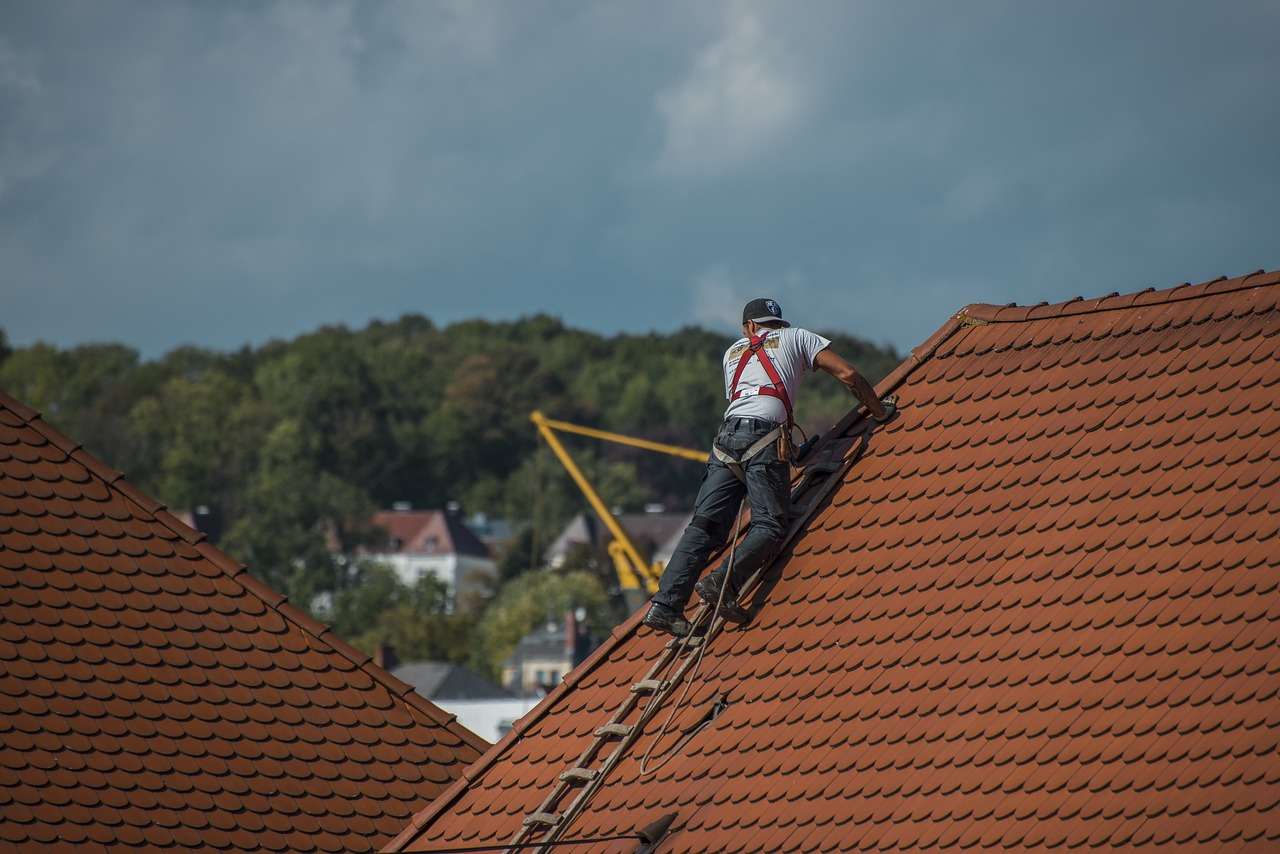Preparing your home for a storm is an essential aspect of responsible homeownership, especially in areas known for unpredictable weather patterns, like Roscoe, Illinois. Nestled in the heartland, where weather can turn quickly, residents understand the importance of being prepared for everything from high winds to heavy downpours. This guide is designed not only for those in Roscoe but for anyone who might face the challenges of a storm.
Storms, with their strong winds and heavy rains, can cause significant damage to properties. They can uproot trees, tear off roofs, and even lead to power outages that last for days. For residents in storm-prone areas, these are not just distant possibilities but realities that require preparation and foresight. The key to effective storm preparation lies in taking proactive steps well before a weather warning is issued. It involves a combination of home maintenance, emergency planning, and staying informed about the latest weather forecasts.
This guide offers practical, straightforward advice on how to prepare your home for a storm. From checking and upgrading your siding – to securing your roof and ensuring your emergency kit is well-stocked, each step is crucial in safeguarding your home against the unpredictable forces of nature. Let’s dive into these essential preparations to help you weather any storm with confidence.

Check and Upgrade Your Siding
Your home’s siding is its first line of defense against harsh weather. It’s essential to ensure that it’s in top condition. If you’re unsure about the state of your siding, consider consulting a top Roscoe siding company like XL Contracting. They can assess its condition and suggest necessary upgrades or repairs. High-quality siding not only protects against wind and debris but also helps in insulation and energy efficiency. This step is especially important in areas prone to severe weather.
Secure Your Roof
A sturdy roof is vital for weathering a storm. Over time, roofs can suffer wear and tear, which may not be evident until it’s too late. Start by visually inspecting your roof for loose shingles, tiles, or signs of wear. If you’re not comfortable doing this yourself, hiring a professional for a thorough inspection is a good idea. They can identify potential problems and fix them before the storm hits. Remember, a small leak or a loose shingle can lead to significant damage during a storm.
Clear Gutters and Downspouts
Clogged gutters can cause water to back up and damage your roof and home’s foundation. Before the storm season, make it a point to clear out leaves, twigs, and other debris from your gutters and downspouts. This simple step ensures that rainwater flows freely away from your home, reducing the risk of water damage. Regular maintenance of your gutter system is a straightforward task that can prevent costly repairs in the future.
Trim Trees and Secure Outdoor Objects
Loose branches and unsecured outdoor items can become dangerous projectiles during a storm. Inspect the trees around your property and trim any overhanging branches that could fall on your home. Similarly, take a walk around your yard and secure items like patio furniture, grills, and garden tools. If a storm is imminent, consider moving these objects inside or into a shed or garage. Securing these items not only protects your property but also ensures the safety of your neighborhood.
Check Windows and Doors
Windows and doors are critical points in your home that can be vulnerable during a storm. Check the seals around windows and doors to ensure they’re intact and provide a strong barrier against wind and rain. Consider installing storm shutters for added protection, especially if you live in an area prone to hurricanes or severe storms. These shutters can be a significant investment, but they offer peace of mind and added security when a storm strikes.
Prepare an Emergency Kit
A well-stocked emergency kit is essential for any unexpected situation, especially during a storm. Your kit should include basics like bottled water, non-perishable food, a first-aid kit, flashlights, extra batteries, and essential medications. Don’t forget to include important documents like insurance policies and personal identification. Place these items in a waterproof container and keep them in an accessible location. Regularly check and update your kit, ensuring everything is in working order, and food items are within their expiration dates.
Install a Generator
Power outages are common during storms, and a generator can be a lifesaver. When choosing a generator, consider the size of your home and your power needs. Portable generators are more affordable and can power essential items, whereas standby generators are more expensive but can power your entire home. Always follow safety guidelines when using generators, such as keeping them outside to prevent carbon monoxide poisoning and not overloading them. A professional installation is recommended to ensure safety and compliance with local regulations.
Review Your Insurance
Understanding your home insurance policy is crucial before a storm hits. Review your policy to know what is covered and what isn’t, especially for events like flooding, which often requires additional coverage. Document the contents of your home with photos or videos as proof for insurance claims. If you find gaps in your coverage, consider updating your policy. It’s also a good idea to have a copy of your insurance information in your emergency kit for easy access after a storm.
Create a Family Emergency Plan
Having a family emergency plan in place ensures everyone knows what to do when a storm hits. Discuss and decide on safe spots in your home to take shelter. Make sure everyone knows the evacuation routes and where to meet if you get separated. Include emergency contact numbers and teach children how to call for help. Practice your plan regularly so that in the event of an emergency, everyone knows their role and can act quickly and calmly.
Stay Informed
Staying informed about weather conditions is key to being prepared for a storm. Keep an eye on weather forecasts and storm warnings through reliable sources like local news and weather apps. Consider investing in a weather radio, which can be a vital source of information during power outages. Being aware of the situation as it develops allows you to make informed decisions and take appropriate actions to ensure your safety and the safety of your family.
Conclusion
Preparing your home for a storm is an ongoing process that requires attention and effort. By following the steps outlined above, you can significantly reduce the risk of damage to your property and ensure the safety of your family. From reinforcing your home’s structure to creating a comprehensive emergency plan, each action plays a crucial role in storm preparedness.
Remember, the key is to be proactive rather than reactive. Taking steps today can make a significant difference when a storm does hit. Stay safe and prepared, and you’ll navigate the storm season with confidence and peace of mind.






